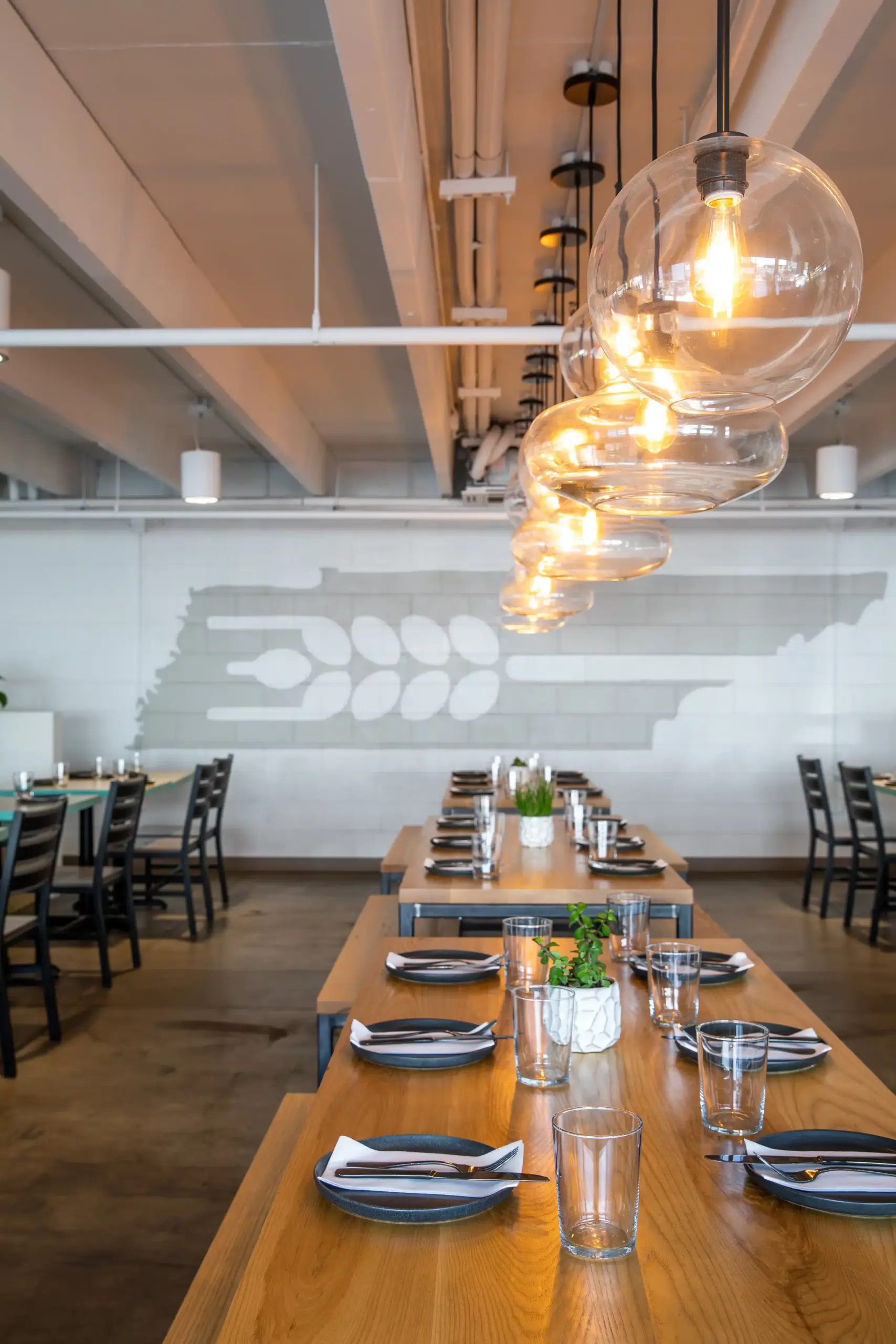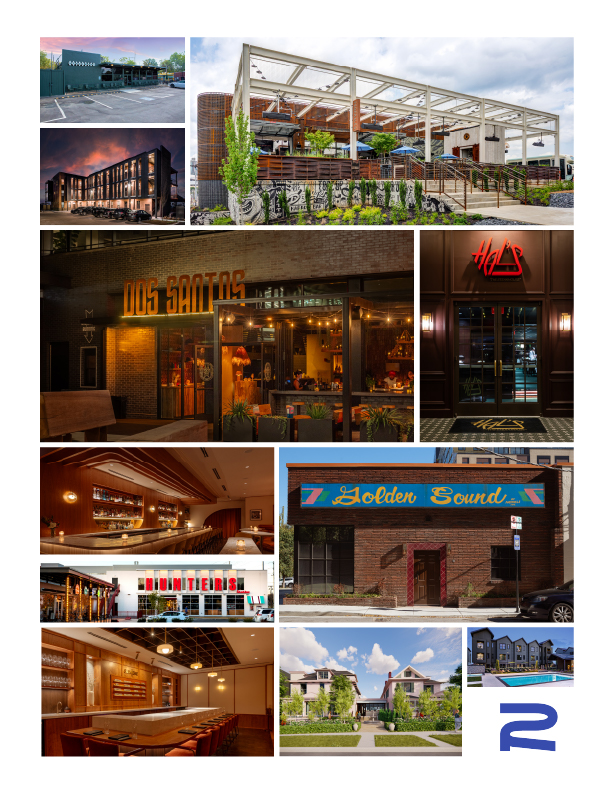How Acoustic Design Makes or Breaks the Hospitality Experience
The Critical Role of Sound in Hospitality Environments
When was the last time you left a restaurant because it was too loud to hold a conversation? Or found yourself unable to sleep in a hotel because of noise bleeding through the walls? Sound profoundly shapes our experience of space—often more powerfully than visual elements—yet it remains one of the most overlooked aspects of hospitality design.
The acoustic environment directly influences guest perception, behavior, and satisfaction. Research shows that excessive noise is the second most common complaint in restaurants, with sound levels often determining how long guests stay, how much they spend, and whether they return. In environments where noise levels exceed comfortable thresholds, conversations become strained, stress levels rise, and the fundamental purpose of hospitality spaces—to facilitate meaningful connection—becomes compromised.
Beyond comfort, acoustics play a vital role in establishing the emotional character of a space. The right acoustic environment can create energy and vibrancy or intimacy and focus, depending on your concept’s needs. This psychological dimension of sound design transforms good hospitality spaces into truly memorable ones.
Common Acoustic Challenges in Hospitality Settings
Different hospitality environments present unique acoustic challenges that require thoughtful design solutions. Restaurants must balance ambient energy that signals vitality with acoustic comfort that enables conversation. Too quiet, and the space feels sterile; too loud, and guests can’t connect.
Hotels face the complex challenge of creating distinct acoustic zones within a single property. Lobbies should feel energetic and social, while guest rooms demand serene environments that ensure restful sleep. The transition between these zones requires careful acoustic planning to maintain the overall guest experience.
Bar environments present perhaps the most dynamic acoustic challenge, as their energy level naturally evolves throughout the day and night. A successful bar space must be able to adapt acoustically—feeling intimate during quieter periods while supporting higher energy as crowds grow and music levels increase.
Integrating Acoustic Design Without Compromising Aesthetics
The misconception that acoustic solutions must compromise visual design leads many hospitality spaces to neglect sound considerations until problems arise. Today’s innovative materials and approaches allow acoustic performance to be seamlessly integrated into beautiful designs.
Material selections can serve dual purposes—providing both acoustic mitigation and visual appeal. Micro-perforated woods, acoustic plasters, and textile installations can absorb sound while enhancing aesthetic quality. These materials become design features rather than technical solutions, contributing to both acoustic performance and visual identity.
Architectural elements themselves can function as acoustic solutions when thoughtfully designed. Banquettes, ceiling forms, wall articulations, and decorative screens can all incorporate acoustic properties while remaining integral to the design concept. This integration ensures acoustic solutions support rather than detract from the space’s narrative.
Strategic Design Approaches for Better Hospitality Acoustics
Effective acoustic design begins with thoughtful spatial planning. Strategic positioning of louder programmatic elements (open kitchens, bar areas) away from spaces that demand conversation can naturally create acoustic zones without requiring extensive technical intervention.
Surface treatments should be distributed strategically rather than uniformly. Focusing acoustic absorption on ceilings and upper wall surfaces often yields the greatest impact while preserving design intent at eye level. This targeted approach maximizes acoustic performance where it matters most.
Background mechanical noise—often overlooked until it becomes problematic—requires early coordination. HVAC systems, kitchen ventilation, and service equipment all contribute to the baseline acoustic environment and should be considered integral components of the overall acoustic strategy.
Investing in Acoustic Design as a Business Strategy
Treating acoustic design as a fundamental rather than supplemental aspect of hospitality environments yields significant returns. Spaces that sound as intentional as they look create more authentic experiences, encourage longer stays, and generate positive reviews—directly impacting your bottom line.
At Remick Architecture, our conceptually-driven approach integrates acoustic considerations from the earliest design phases. We understand that truly successful hospitality spaces must engage all senses, creating environments where meaningful connections can flourish without acoustic barriers.
The most memorable hospitality experiences emerge when every aspect of the environment, including how it sounds, supports your concept’s narrative. When acoustic design is approached with the same intentionality as visual design, the result is spaces that truly resonate.

